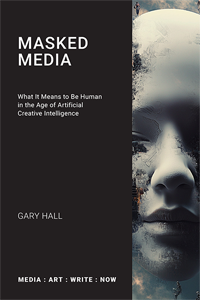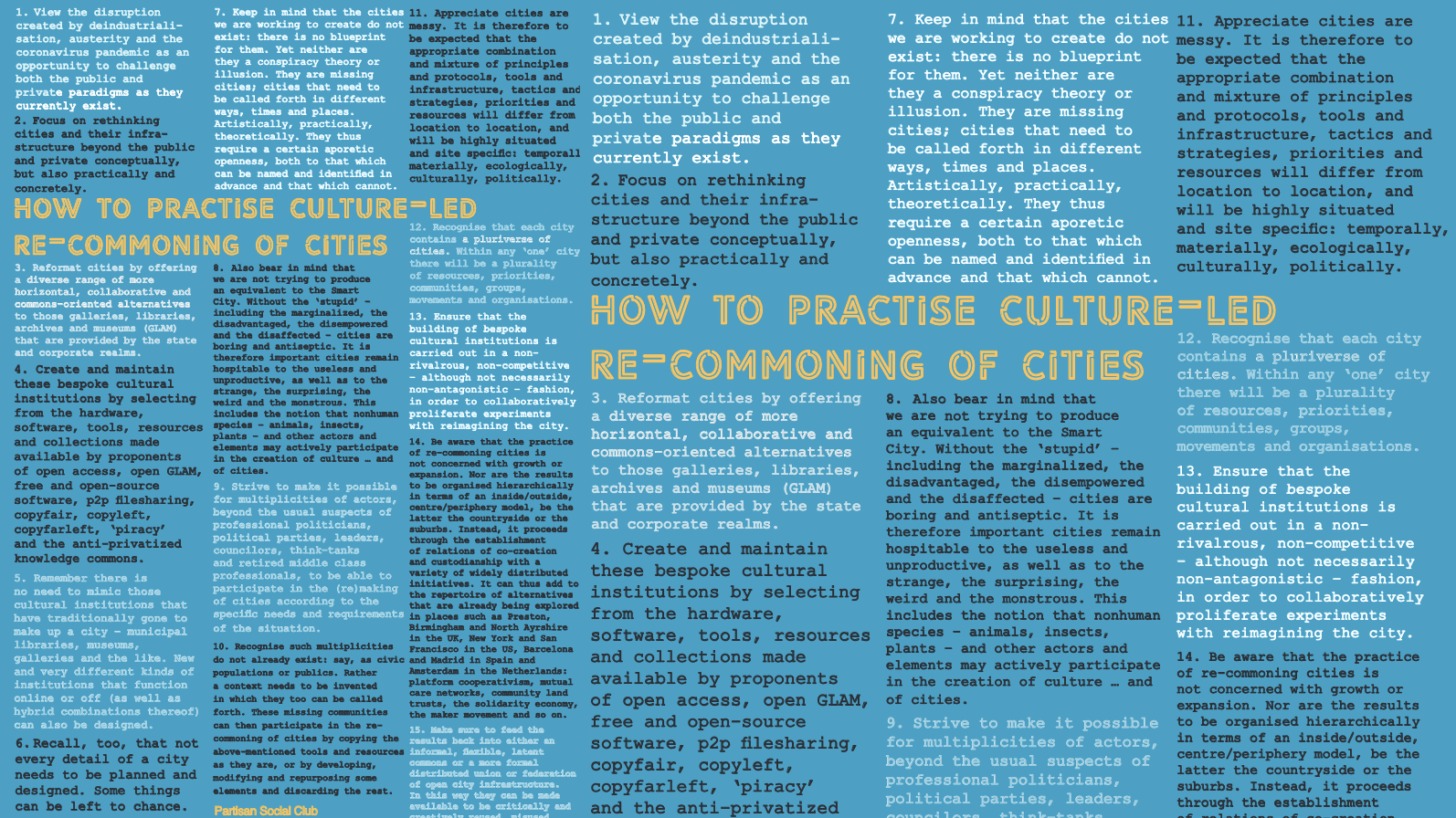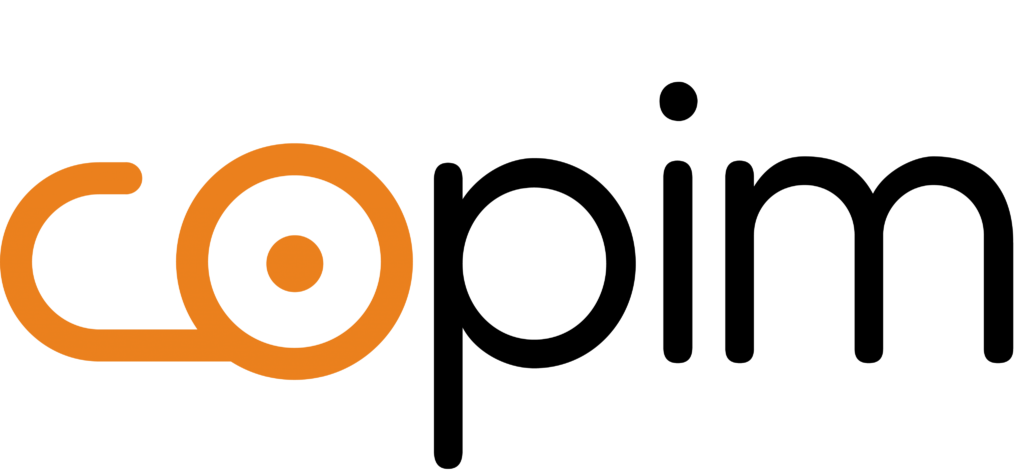On Open Humanities Press And Other Projects
 Friday, April 1, 2016 at 1:47PM
Friday, April 1, 2016 at 1:47PM
THE EDITORS: You have helped found and run a wide variety of open access initiatives, such as the journal Culture Machine, Open Humanites Press (OHP), and the two Liquid Books and Living Books About Life series. Could you say a little more about them? And do you have any plans for future developments?
So Open Humanites Press is a scholar-led, non-profit, open access collective dedicated to making works of contemporary critical thought openly available worldwide on a free, gratis basis. Launched by Sigi Jöttkandt, David Ottina and myself in 2008, this networked, multi-user collective currently consists of nineteen open access journals (including Culture Machine), and to date has published approaching thirty ‘traditional’ open access books. But OHP also has two more experimental series – Liquid Books, edited by Clare Birchall and myself; and Living Books About Life, edited by Clare Birchall, Joanna Zylinska and myself – which feature books that are published on a free, gratis and libre basis so that their ‘readers’ are able to edit their content, rewrite, remix and reversion them.
That said, I should stress we’re not attempting to completely rethink everything at the same time and to the same extent with these projects – as if with Culture Machine or OHP we’ve hit on a new way of doing things that’s somehow capable of engaging with all of the issues we’ve touched on. Instead, we’re operating more according to Jacques Derrida’s notion of the quasi-transcendental, whereby the process of examining some concepts by necessity requires that other concepts are left unexamined. So, to provide examples of projects that are experimenting quite explicitly with books and learned journals as information media, Joanna Zylinska and Ting Ting Cheng’s image-driven online journal-cum-gallery site, Photomediations Machine (a sister project to the Culture Machine journal), is exploring the process of moving from an era of literacy and grammatology to a post-literate era – what is already being called the visual web – and what this change means for theory. Meanwhile Adnan Hadzi, Oliver Lerone Schultz, Pablo De Soto and Laila Shereen Sakr’s collectively edited after.video, which OHP is publishing as part of the Liquid Books series, is doing something similar in the form of paperback book and video stored on a Raspberry Pi computer and packaged in a VHS case. However, rather than the still or photographic image – which is the primary concern of Photomediations Machine – it is focusing on moving images in order to rethink the book and theory ‘after video’. I won’t detail them here, but other OHP projects are concentrating more on testing our concepts of individual (and individualistic) authorship, fixity, the finished object, property rights, copyright and/or piracy.
To this extent, one way of thinking of OHP is as a heterogeneous collective of theorists, scholars, librarians, publishers, editors and technologists, working in a non-rivalrous, non-competitive, non-dialectical fashion to explore and invent new models of creation, publication, circulation and ownership. However, rather than telling these different people exactly how they are to publish their work, say, by imposing one particular publishing model or one specific platform on them all, OHP is endeavouring to work with them to develop the means of doing so that they themselves consider to be most appropriate for their particular project, context, specialism, field or community. I know this is how some people have understood OHP, certainly: as trying to relate to what theorists and scholars want, rather than to what their institutions, libraries and funders want, as is the case with many government and research council-funded open access initiatives. From this perspective, OHP is opening up a space for the continuation of academic freedom, albeit in a radically different form from most of those with which we’re familiar.
 Gary Hall | Comments Off |
Gary Hall | Comments Off | 





